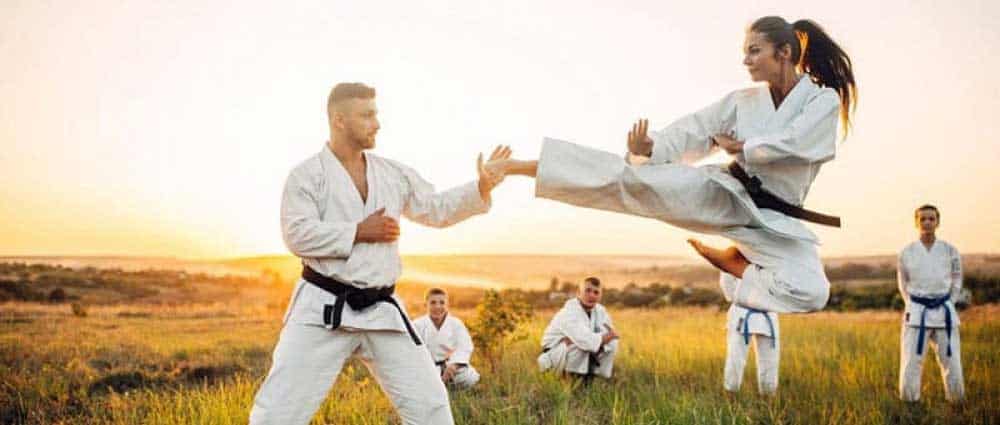
free shipping on orders over $49
We're having a 15% off sale on all our products. Enter your email below to be notified about future sales.




The phrase “slow is smooth, smooth is fast” is a martial arts adage derived from the Navy SEALs, that emphasizes the importance of accuracy, precision, and relaxation over speed. It is often used to describe the need to focus on the fundamentals and to avoid rushing, even when under pressure. In the branch of American Kenpo Karate that I study, this phase has been expanded to: “slow is smooth; smooth is fast; speed is a resultant of accuracy.”
In martial arts, speed is absolutely important, but it is not necessarily the most important factor. If you are not accurate and precise, your speed will be useless. For example, if you are trying to punch someone, but you miss their target, your punch will not do any damage.
The idea behind the phrase “slow is smooth, smooth is fast” is that if you take the time to do something slowly and carefully, you are more likely to do it correctly. This will ultimately lead to a faster and more efficient outcome, as you will not have to waste time correcting mistakes.
It is important to start by learning the martial arts techniques slowly and deliberately. This will help you to develop the correct muscle memory and to learn how to control your body. Once you have mastered the basics, you can then start to increase your speed.
However, it is important to remember that speed is not the only goal of martial arts training. Accuracy, precision, and relaxation are also important. If you are tense and rushed, your movements will be less effective.
Therefore, it is important to find a balance between speed and accuracy. You should not be so slow that you are easy to hit, but you should not be so rushed that you make mistakes.
Here are some of the benefits of taking a “slow is smooth, smooth is fast” approach to martial arts training:
Of course, there are times when it is necessary to move quickly in martial arts. However, if you can learn to take a “slow is smooth, smooth is fast” approach most of the time, you will be more likely to develop good technique and body mechanics. This will make you a more effective and injury-free fighter.
Here are some tips for applying the “slow is smooth, smooth is fast” principle to your martial arts training:
With consistent practice, you will eventually be able to move quickly and smoothly while maintaining good technique. This will make you a more effective and injury-free martial artist.
If you are serious about learning martial arts, it is important to remember the phrase “slow is smooth; smooth is fast; speed is a resultant of accuracy.” By taking the time to do things slowly and carefully, you will be more likely to develop the accuracy, precision, and relaxation that are essential for success in martial arts.
We talked about this extensively in our article: Reasons for a Sub-Second Draw. But effectively, everything in the “Slow is Smooth Martial Arts” section above is also true if we are talking about practicing using pepper spray, stun guns, telescopic steel batons, or any other non-lethal self-defense weapon. Increased accuracy and precision, reduced errors, improved safety, and increased confidence are extremely important when using any of these devices.
The benefits of being able to execute a sub-second draw with your firearm, pepper spray, a stun gun, or any other self-defense weapon are significant. It can mean the difference between life and death in a self-defense situation. Without the ability to draw and fire quickly, an attacker may have the upper hand, and you may not be able to defend yourself effectively. If you carry a self-defense weapon, it is important to practice and train regularly to increase your proficiency.
Make sure to also research and understand your local laws and regulations regarding carrying a weapon for self-defense, as well as proper safety protocols for handling and using your chosen weapon.
As always, be safe and be prepared.
See Also:
Black Belt Defender
1867 Caravan Trail #105
Jacksonville, FL 32216-2006
Call us toll-free: (800) 859-5566
Mon-Fri: 9:00 am – 5:00 pm EST
NH based, FL Warehouse
Online Orders: 24/7/365

